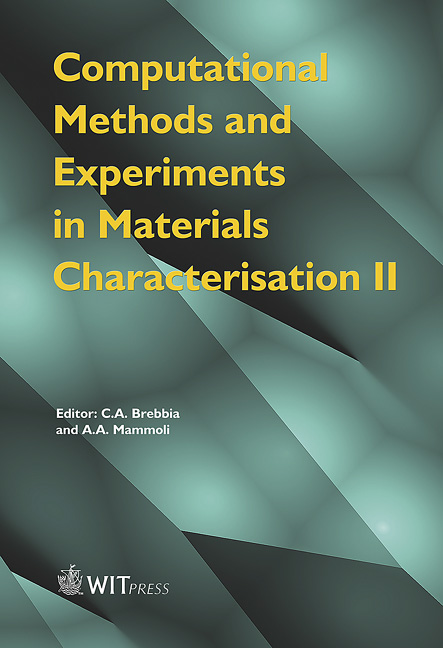Thermo-mechanical Model Of A Cardboard-plaster-cardboard Composite Plate Submitted To Fire Load And Experiments
Price
Free (open access)
Transaction
Volume
51
Pages
8
Published
2005
Size
647 kb
Paper DOI
10.2495/MC050131
Copyright
WIT Press
Author(s)
S. Sakji, C. Soize & J. V. Heck
Abstract
Generally, the standard rules require conventional tests at scale one in order to justify the fire resistance of loaded plasterboard-lined partitions. This paper corresponds to a project whose objectives are to develop a numerical simulation model validated with experiments in order to predict thermo-mechanical overall partition behaviour. This research is organized in four steps. The first step is to set on an experimental thermo-mechanical data base for multilayer cardboardplaster- cardboard(CPC). These tests are carried out using a new testing bench specially developed for this research. A full description of this device is given in the paper. In order to prepare the implementation of a probabilistic model for the CPC multilayer, several tests are performed for different thermo-mechanical configurations. The second step of the research is the development of a complete thermo-mechanical model for CPC multi-layer plates. The developed model is adapted to a range of temperatures for which the cardboard and the plaster can be destroyed. The mathematical-mechanical model has been developed in order to simulate the thermo-mechanical behaviour of the CPC panels subjected to a heat flow corresponding to the ISO 834 function. Numerical simulations performed with a dedicated finite element code are presented. The third step is the identifi- cation of the thermo-mechanical parameters for each material of the CPC plasterboard. Thermo-mechanical bending tests for plaster and thermo-mechanical tensile tests for each cardboard are performed. Results show an important dispersal of the Young modulus which will justify the implementation of a probabilistic model which is still in progress. The fourth step consists in comparing numerical results to the thermo-mechanical experiments of step one and to validate the developed model. Keywords: thermo-mechanical model, cardboard-plaster-cardboard composite plate, fire engineering, high light-framed walls.
Keywords
thermo-mechanical model, cardboard-plaster-cardboard composite plate, fire engineering, high light-framed walls.





